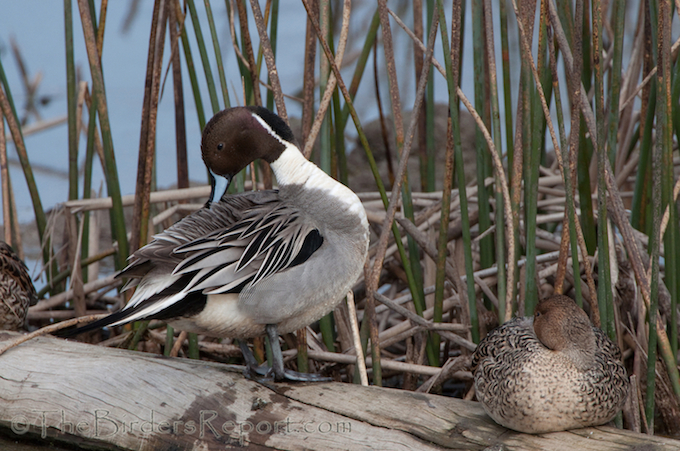 Northern Pintail (Anas acuta) Pair photo by Larry Jordan
Northern Pintail (Anas acuta) Pair photo by Larry Jordan
Feb. 7, 2013 — The annual duck hunting season in the United States is traditionally big business, but while bird numbers are rising faster than they have for decades, the number of hunters continues to fall. Far from being good news for ducks a new study in the Wildlife Society Bulletin shows how the loss of revenue from ‘duck stamps’ could result in millions of lost dollars for vital conservation work.
“The last 15 years have brought hunting opportunities not seen since the turn of the last century,” said Dr Mark Vrtiska from Nebraska Game and Parks Commission. “The waterfowl population has passed 40 million six times since 1995, something only seen nine times since records began. These should be the glory days for duck hunting.”
However, in stark contrast, the annual sales of the ‘duck stamp’, the Federal licence needed to hunt, are declining. While over 2,100,000 stamps were sold annually in the 1970’s, between 2004 and 2008 this declined to 1,300,000. This fall is continuing with an annual decline of 36% in duck stamp sales.
“You may think the fall in hunters would be good news for ducks, but ironically it is leading to less money for the conservation of their habitat,” said Vrtiska. “Federal funding for conservation is dependent on the revenue raised by selling the duck stamps, a unique dynamic for wildlife managers in the United States. Up to 98% of money raised by the duck stamps is used to purchase or lease habitat within the National Wildlife Refuge system.”
Historically the number of duck hunters has risen and fallen in relation to the number of ducks; however, over the 1990’s the two became independent. To determine the impact the team estimated the amount of duck stamps which would have been sold had the relationship remained connected, both to determine the revenue loss and to estimate how much habitat could have been made available to conservationists.
“If hunter levels had kept consistent with historical trends then 600,000 more duck stamps would have been expected to have been sold between 1995 and 2008 than actually occurred,” said Vrtiska. “That equates to an annual loss of $9,000,000, or $126 million across the whole period. For conservation the results are dramatic as this money could have resulted in 42,495 ha of wetlands.”
Looking to the future, the team predict that hunter numbers will continue to decline due to various social, cultural and economic factors. By using three different scenarios to explore the economic impact, the team estimate that up to $14.3 million could be lost annually.
“Duck hunting has been a tradition for rural America for centuries, yet a cultural shift and changing attitudes has seen a slow decline in hunter numbers,” concluded Dr Vrtiska. “The resulting fall in funding is impacting all those involved in habitat conservation which is only made more important by the dramatic rise in duck numbers.”
For more information on how we can solve this dilemma, check out and become a supporter of a new Wildlife Conservation Stamp!
Journel Reference: Mark P. Vrtiska, James H. Gammonley, Luke W. Naylor, Andrew H. Raedeke. Economic and conservation ramifications from the decline of waterfowl hunters. Wildlife Society Bulletin, 2013; DOI: 10.1002/wsb.245

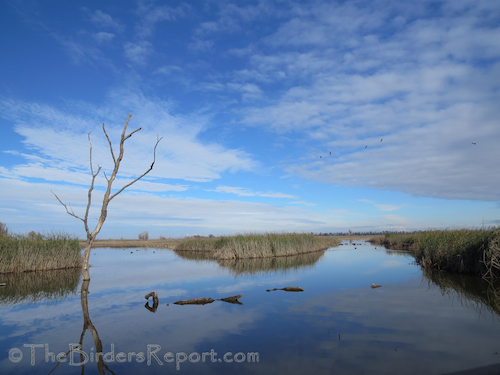
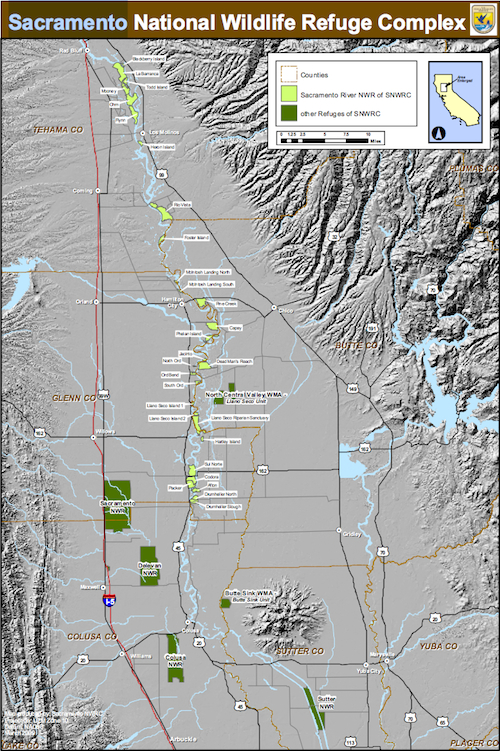
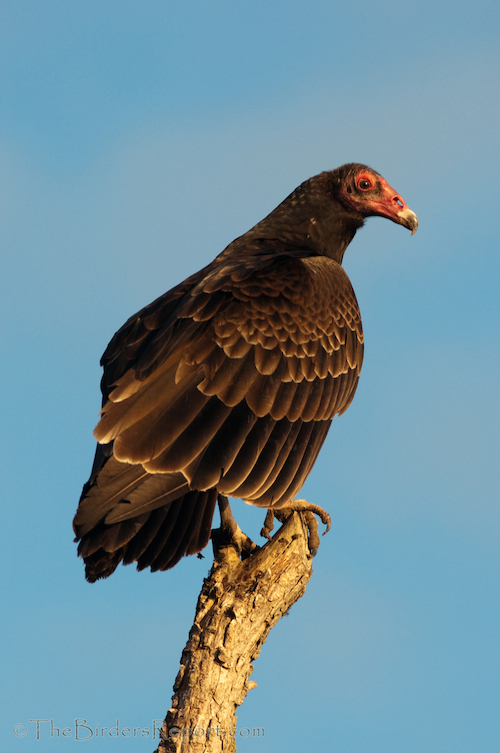
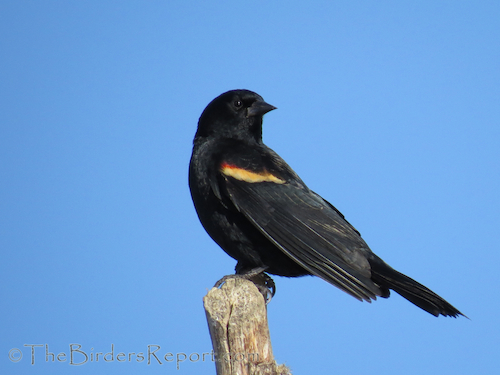
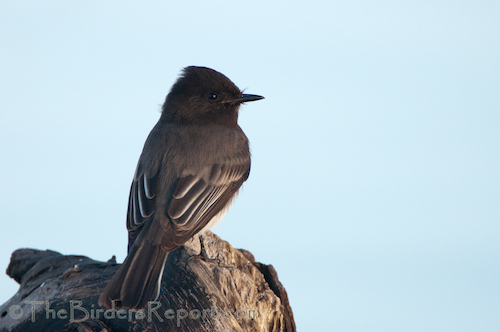
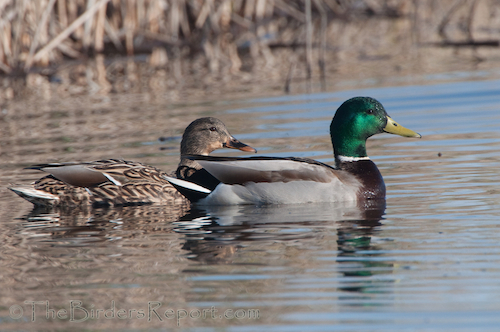
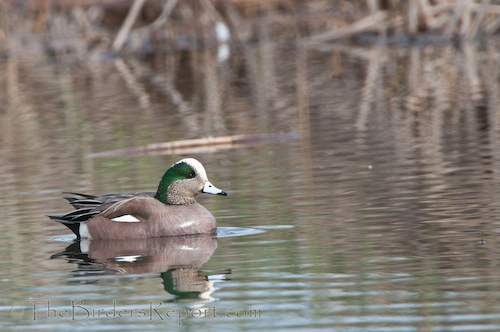
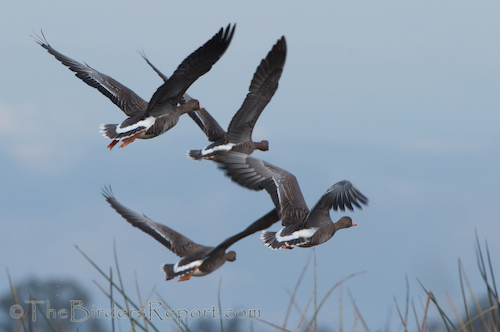
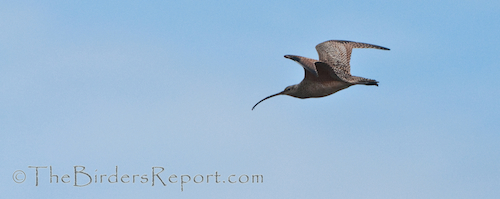
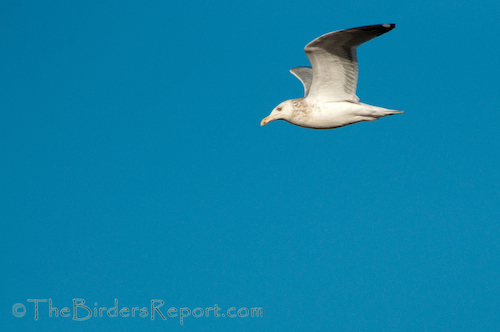
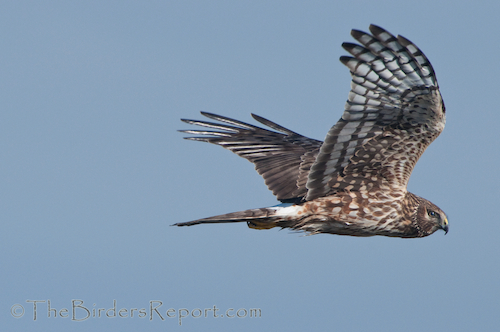
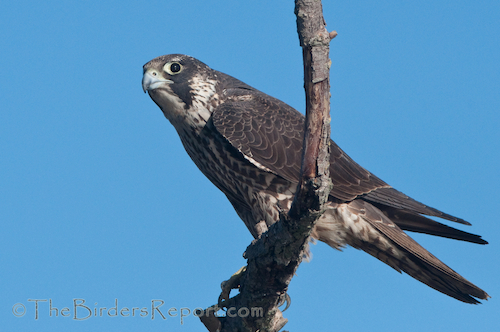
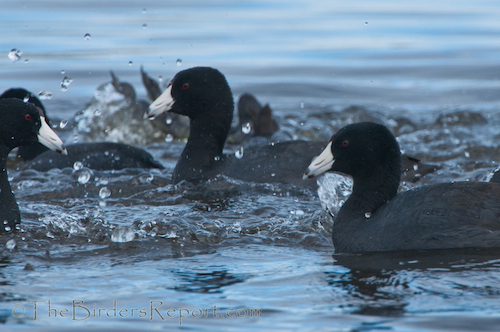
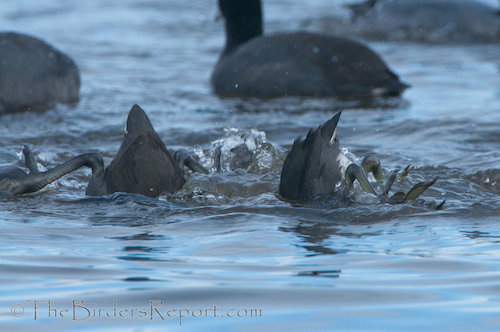
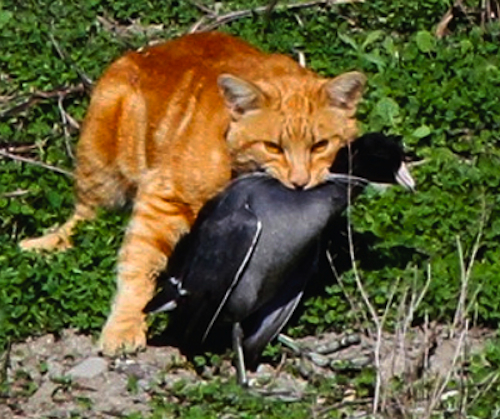



Social Media Connect